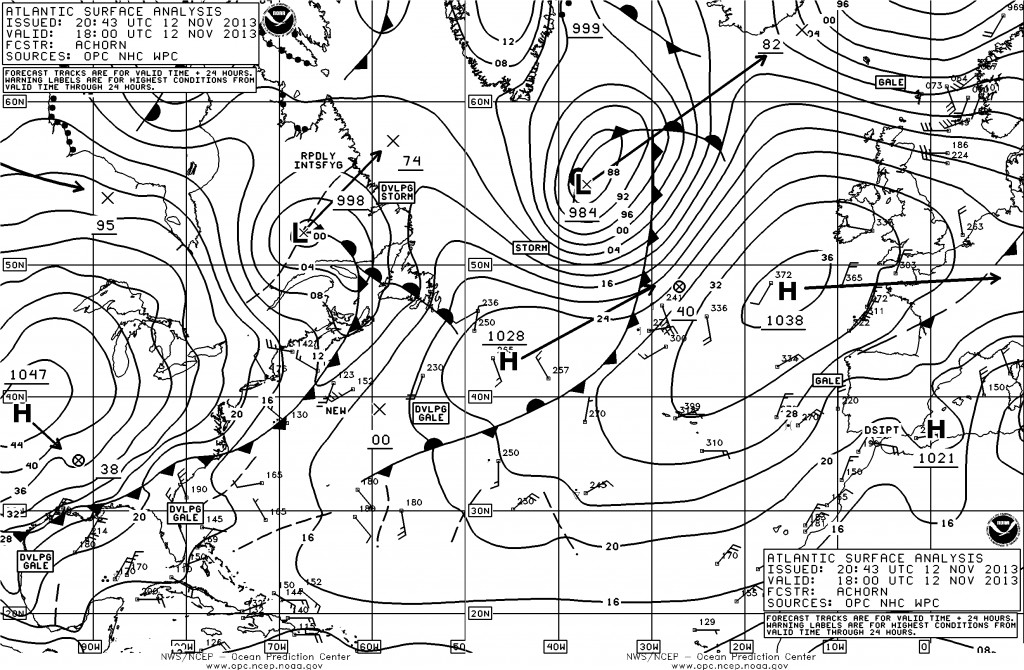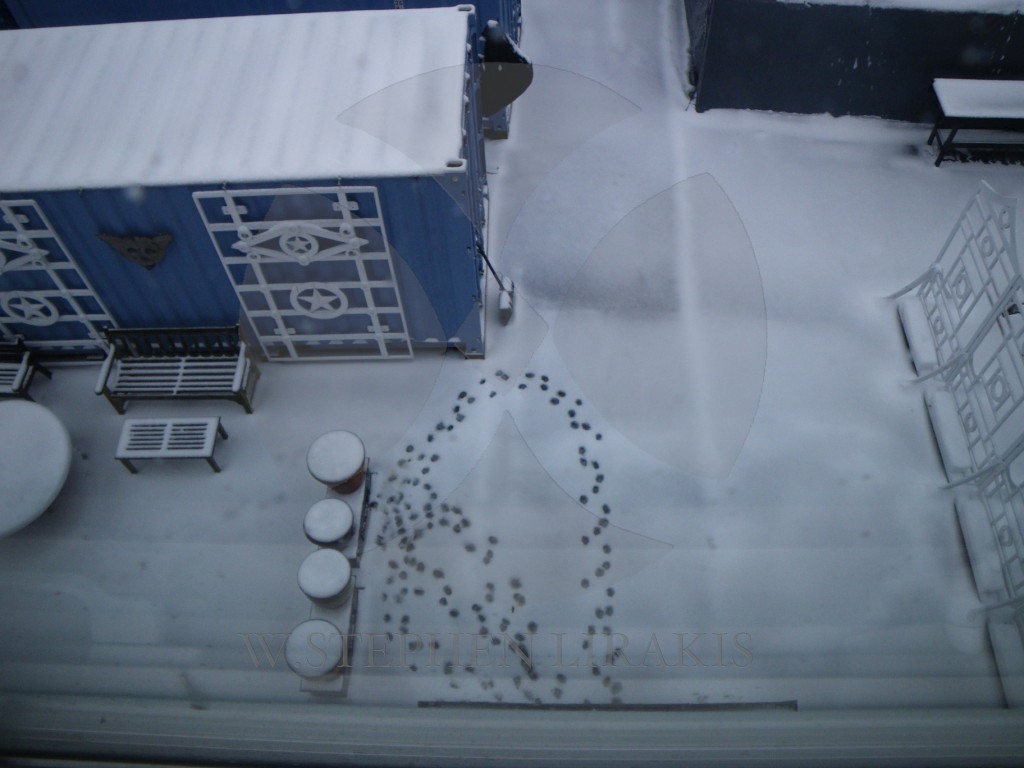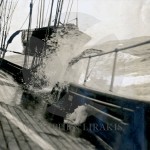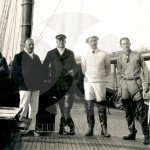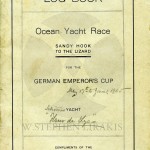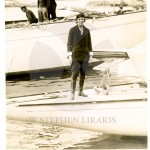
Touro Synagogue Artifacts Dispute to Continue After Mediation Fails


This dispute seems to have become a he said she said. A question of the intention of language in old letters?
I do not know the details. I believe the difference is whether or not the bells were a gift or a loan. They have been on extended loan and exhibit to the Boston Museum of Fine Arts; which has offered to purchase them.
JNS.org – Talks between the historic Touro Synagogue in Newport, RI, and a New York City synagogue that claims ownership over the Touro Synagogue and its artifacts broke down this week after a U.S. District Court judge declared the mediation failed, the Providence Journalreported.
According to the Providence Journal, a dispute between Congregation Jeshuat Israel, which uses the historic Touro Synagogue that was built in 1763, and New York City’s Congregation Shearith Israel, which was given the deed to the synagogue in the early 19th century when the original Jewish community left, arose over plans to sell the synagogue’s 18th-century finial bells to the Boston Museum of Fine Arts for $7.4 million. Touro Synagogue is the oldest synagogue building that is still standing in the U.S.
The bells, which were designed in the mid-1700s by Myer Myers, adorn the handles of the Torah scroll and are rung when the Torah is raised. The New York congregation opposed the sale of the bells and claims that Congregation Jeshuat Israel has violated its lease terms, which were established in the early 20th century when the Newport Jewish community was revived.
Lawyers for each of the synagogues told the Associated Press that their lawsuits would proceed now that federal mediation has failed.


